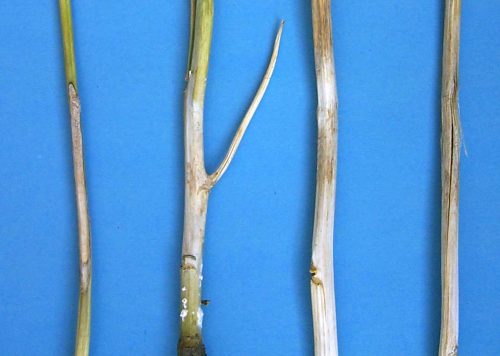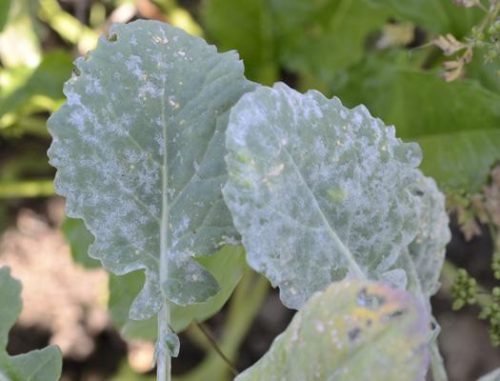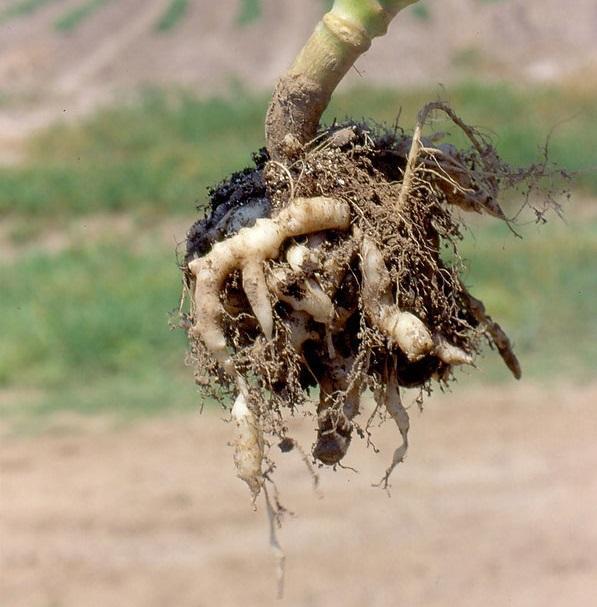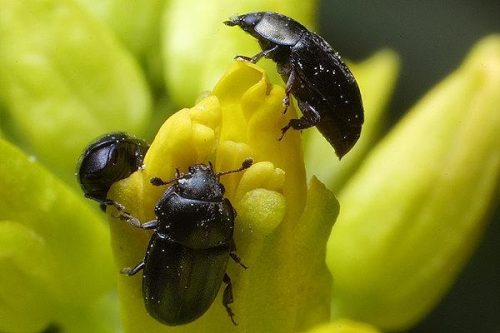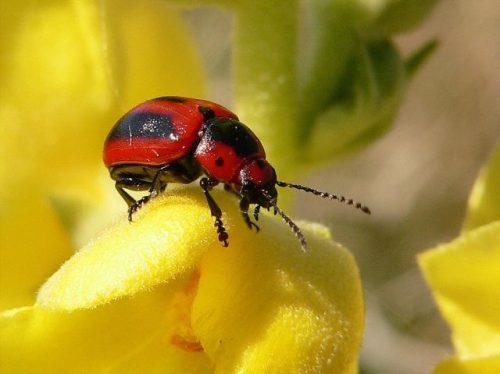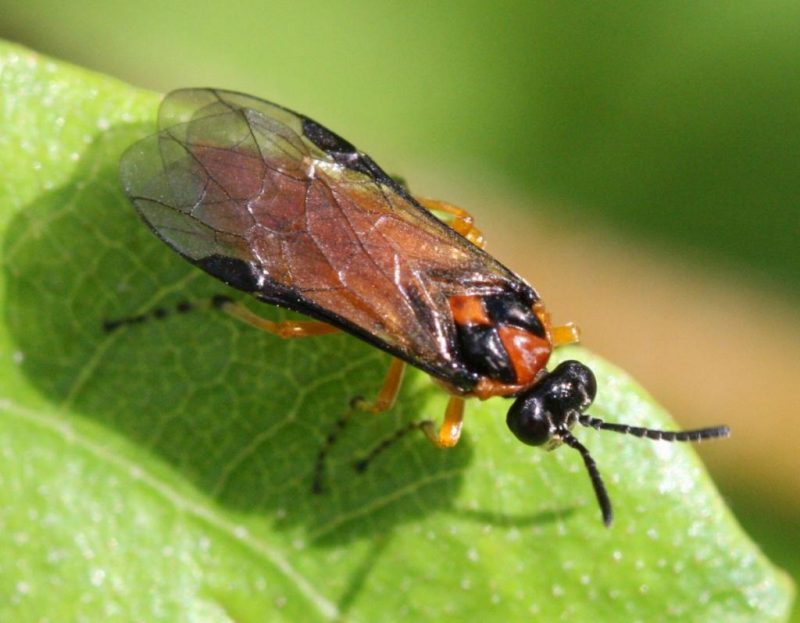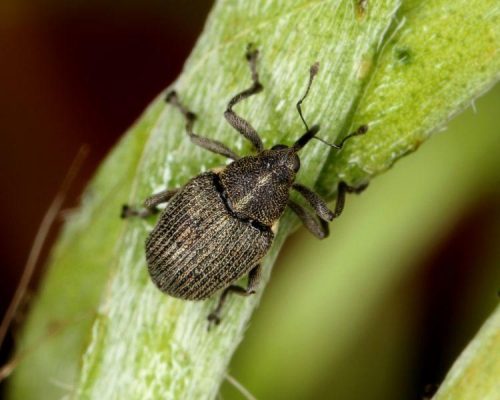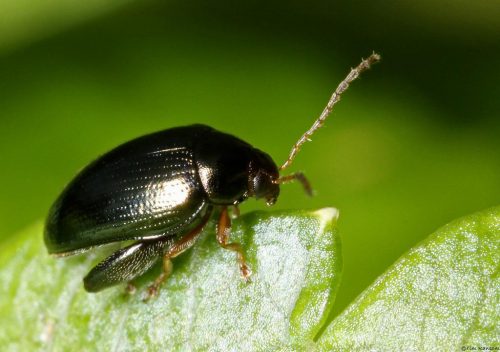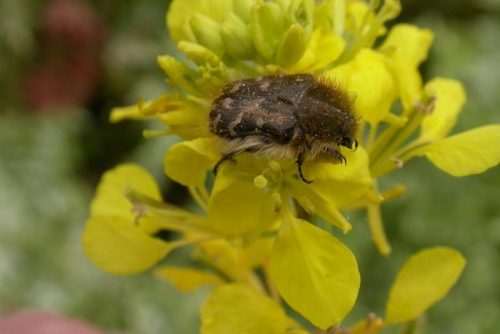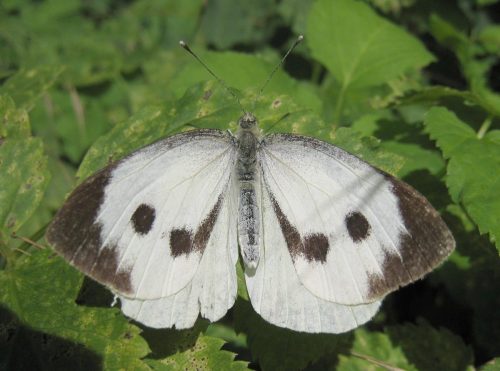Camelina treatments, pest and disease control
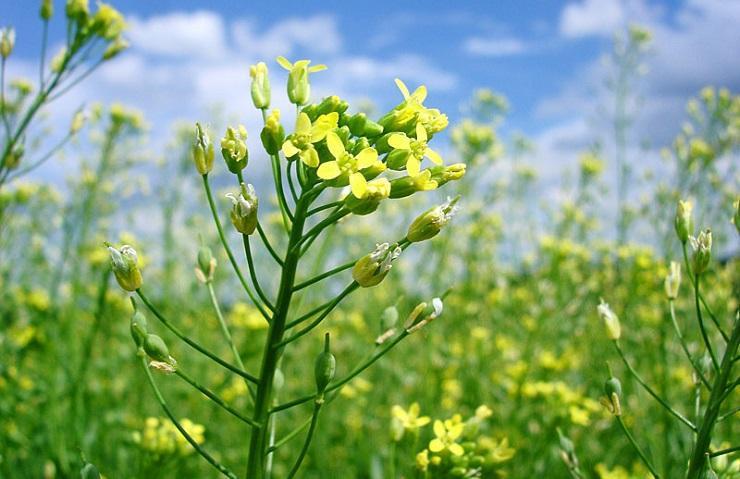
Camelina (Camelina sativa) is a technical plant that belongs to the Brassicaceae family. Camelina has a 100% mechanized cultivation technology, has a great capacity to fight weeds, fights soil erosion, etc. Camelina is also an excellent rapeseed substitute and can be used in the fuel industry, the pharmaceutical industry, and the rubber industry.
Camelina is a plant closely related to Turnip rape (Brassica rapa) and for this reason, it shares with it a series of diseases or pests. Studies on camelina crops have shown that this plant is less susceptible to disease and pest attacks. Camelina can also be sown in spring or autumn. This is very important in determining when to apply treatments.
The main diseases of camelina
White rot (Sclerotinia sclerotiorum)
Diseased plants turn yellow and wither. At the base, there are white or light yellow spots. Over time, the spots become bigger, turn brown, and are covered with a white felt that represents the fructification of the fungus. The sclerotium of the fungus appears on the surface of the felt. It is circular in shape and black. The sclerotium germinates and produces seeds in the shape of a cup, funnel, or disc that ensure the transmission of the disease. Camelina has a relative resistance to this disease.
Prevention and control measures:
- seed treatment before sowing;
- crop rotation;
- ploughing at the optimum depth (20-25 cm)
- carrying out treatments with specific fungicides.
Recommended products
-
You can find products on a different store
Change Store -
You can find products on a different store
Change Store -
You can find products on a different store
Change Store -
You can find products on a different store
Change Store -
You can find products on a different store
Change Store -
You can find products on a different store
Change Store -
You can find products on a different store
Change Store -
You can find products on a different store
Change Store -
You can find products on a different store
Change Store -
You can find products on a different store
Change Store -
You can find products on a different store
Change Store -
You can find products on a different store
Change Store -
You can find products on a different store
Change Store -
You can find products on a different store
Change Store -
You can find products on a different store
Change Store -
You can find products on a different store
Change Store -
You can find products on a different store
Change Store -
You can find products on a different store
Change Store -
You can find products on a different store
Change Store -
You can find products on a different store
Change Store -
You can find products on a different store
Change Store -
You can find products on a different store
Change Store -
You can find products on a different store
Change Store -
You can find products on a different store
Change Store
Downy mildew (Peronospora brassicae)
It occurs frequently in young plants. It is characterized by the appearance of yellow spots on the leaves, which later turn brown. On the underside, the spots are covered with a white-gray fuzz , which represents the fructification of the fungus. In dry weather, spores develop in the fuzz, which will lead to the spread of this disease. Camelina is resistant to this disease.
Prevention and control measures:
- destroying the attacked plants;
- proper agrotechnics;
- crop rotation;
- weed control;
- seed treatment before sowing;
- carrying out treatments with specific fungicides.
Recommended products
-
You can find products on a different store
Change Store -
You can find products on a different store
Change Store -
You can find products on a different store
Change Store -
You can find products on a different store
Change Store -
You can find products on a different store
Change Store -
You can find products on a different store
Change Store -
You can find products on a different store
Change Store -
You can find products on a different store
Change Store -
You can find products on a different store
Change Store -
You can find products on a different store
Change Store -
You can find products on a different store
Change Store -
You can find products on a different store
Change Store -
You can find products on a different store
Change Store -
You can find products on a different store
Change Store -
You can find products on a different store
Change Store -
You can find products on a different store
Change Store -
You can find products on a different store
Change Store -
You can find products on a different store
Change Store -
You can find products on a different store
Change Store -
You can find products on a different store
Change Store -
You can find products on a different store
Change Store -
You can find products on a different store
Change Store -
You can find products on a different store
Change Store -
You can find products on a different store
Change Store
Powdery mildew (Erysiphe cruciferarum)
The disease manifests through the appearance of a fine, whitish, felt-like coating on the surface of the leaves. Later, brownish-black spots develop on the surface of the attacked areas, which represent the fructification of the fungus. The disease is favored by moderate temperatures, high humidity, and strong light intensity.
Prevention and control measures:
- crop rotation;
- sowing at optimum density;
- ploughing to the optimum depth (20-25 cm);
- carrying out treatments with specific fungicides.
Clubroot disease (Plasmodiophora brassicae)
Thickenings and swellings occur on the entire surface of the root. Over time, the attacked roots turn brown, soften and rot. The disease occurs in all phases of the vegetative growth period. The plants that are attacked early, remain small and the leaves turn red. In the case of mature plants, the disease causes the leaves to turn blue-green. The disease is favored by soil acidity and the application of nitrogen fertilizers.
Prevention and control measures:
- use of resistant hybrids;
- crop rotation;
- avoiding the cultivation of camelina in low and damp soils;
- maintaining a neutral soil pH.
Dark spot of crucifers (Alternaria brassicae)
Small, circular, brown-fawn spots develop on the fruit and leaves. The spots become bigger and cover large portions of the plant. Heavily affected siliques no longer grow and open easily, causing the seeds to fall. A brownish-black powder develops on the surface of the spots, made up of conidiophores and fungal conidia.
Prevention and control measures:
- avoiding the cultivation of camelina in low and damp soils;
- crop rotation;
- ploughing to the optimum depth (20-25 cm);
- carrying out treatments with specific fungicides.
The main pests of camelina
The common pollen beetle (Meligethes aeneus)
It gnaws the buds on the outside, and on the inside, it consumes the stamens and the pistil. The buds dry up and fall off, and the ones that are the least attacked produce small, deformed fruits. The female gnaws and produces a small hole in the flower bud where she lays 1-2 eggs on the stamens. Sometimes, in a bud there are up to 15 eggs, laid by different females.
Prevention and control measures:
- crop rotation;
- proper agrotechnics;
- carrying out treatments with specific insecticides.
The red turnip beetle (Entomoscelis adonidis)
It gnaws the edges of the leaves irregularly, sometimes leaving only the ribs. It can attack the siliques and flower buds. The beetle can grow on spontaneous crucifers. The female lays 800-900 eggs in chambers, 3-4 cm deep in the ground.
Prevention and control measures:
- treating the seeds before sowing;
- crop rotation;
- proper agrotechnics;
- gathering and destroying plant remains;
- carrying out treatments with specific insecticides.
The turnip sawfly (Athalia rosae)
It is a polyphagous species and attacks several plants of the Brassicaceae family (rapeseed, mustard, camelina, etc.). The leaves are gnawed or perforated on the underside. At first, the perforations are small, then become bigger, round, or oval with regular edges. On the affected plants, larvae that are approx. 17-18 mm long can be found. They have blackheads and legs, and the rest of their bodies are gray.
Prevention and control measures:
- crop rotation;
- proper agrotechnics;
- carrying out treatments with specific insecticides.
The cabbage seedpod weevil (Ceutorhynchus assimilis)
Adults gnaw small cavities in the stems, peduncles, and flower buds, and the larvae consume the seeds. During its development, a larva consumes between 6 and 9 seeds. Laying the eggs takes place in the developing fruits. The female gnaws a hole in the wall of the capsule and lays an egg in each hole. A female can lay 35-50 eggs.
Prevention and control measures:
- gathering and destroying plant remains or incorporating it into the soil;
- crop rotation;
- proper agrotechnics;
- carrying out treatments with specific insecticides.
The cabbage-stem flea beetle (Psylliodes chrysocephala)
It is a polyphagous species and attacks several plants of the Brassicaceae family (rapeseed, mustard, camelina, cabbage, etc.). The larvae gnaw the petiole of the lower leaves, being able to reach the top of the shoots. The galleries drilled by the larvae can fill with water, which can freeze during winter. These galleries also represent gateways for phytopathogens. Camelina is resistant to this pest.
Prevention and control measures:
- crop rotation;
- carrying out treatments with specific insecticides.
The apple blossom beetle (Epicometis hirta)
In the case of camelina crops, it consumes the floral organs or the young leaves. The adult is 9-12 mm long, matte black, covered with a gray fuzz. It produces only one generation per year and overwinters as an adult in the soil. The larvae are not harmful.
Prevention and control measures:
- carrying out treatments with specific insecticides.
The large white (Pieris brassicae)
It is a polyphagous species and attacks several plants of the Brassicaceae family (rapeseed, mustard, camelina, cabbage, etc.). The larvae have a long body, reaching approx. 40-50 mm. In the first stage of development they are yellow, and at full development the larva is gray. They also have yellow longitudinal stripes. The last stage larvae attack the leaves of the camelina plants sown in autumn. The attacked plants do not grow properly until winter and can be destroyed by frost.
Prevention and control measures:
- carrying out treatments with specific insecticides.
Weed control
Camelina is a plant relatively resistant to weeds. It has the ability to suffocate the weeds in the crop so that maintenance costs are reduced. Proper preparation of the seedbed ensures a smooth start of the vegetative growth period and it destroys weeds that can affect camelina in the early stages of vegetative growth.
Bees protection
In order to prevent bee poisoning, the owners of agricultural and forestry areas who carry out chemical treatments on the agricultural and forestry crops they own are obligated to notify, in writing, the local councils at least 48 hours before carrying out the treatment, as well as and the name of the product used.
The local councils, as well as the administrators of the agricultural or forest lands, must announce, in writing or by phone, the beekeepers who have a stationary/permanent or temporary/pastoral apiary, at least 24 hours before the owners of agricultural or forestry lands carry out the treatments with chemical substances, in order to prevent the intoxications to the bees.














































































































































































































































































































































































































































